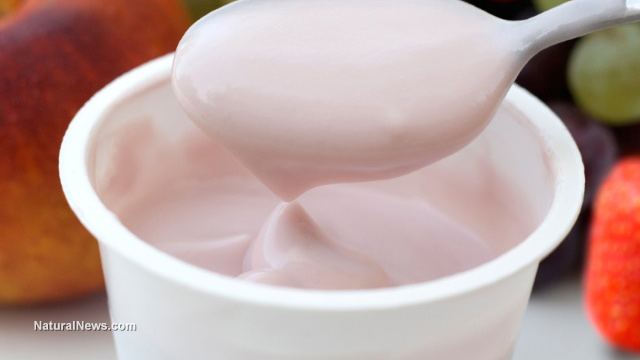
Dr. Largus Angenent, lead researcher of the study, emphasized on creating sustainability by re-purposing or re-processing waste materials. In this regard, upstate New York has dairy farms that produce tons of yogurt waste that can be used to produce valuable chemicals, eliminating the need and the cost to transport the waste to distant locations for disposal. He also pointed out that while the agricultural market is smaller than the fuel market, the former has a larger carbon footprint, given that materials and waste have to be transported across the country. By turning whey acids into additives for livestock feeds, a continuous and sustainable cycle is created, eliminating the need for costly transportation of goods. (Related: Whey protein lowers diabetes and cardiovascular disease risk factors in obese adults.)
Acid whey, composed of milk sugar lactose and fructose, can be processed with bacteria that turns the waste material into methane gas through a process called anaerobic (oxygen-free) digestion. In this regard, however, researchers chose a different route in processing acid whey: extraction via “open-culture” reactors, one with microbes that are fond of 50 C temperatures, and the other at 30 degrees. After the acid whey has been seeded with the microbes, caproic acid, caprylic acid, and other products can be extracted from the waste material.
After that, the created compound can be further processed into either livestock feeds or biofuel. The researchers are looking into optimizing the whey extraction process, and also possibilities in maximizing production for large-scale needs. This study is of significance because acid whey, if not properly disposed of, may cause environmental problems.
Acid whey fast facts
- Acid whey is the byproduct of making Greek yogurt, cottage cheese, and other types of cheeses and fermented milk products.
- More often than not, acid whey is misused and sometimes dumped illegally, because it is difficult to use or process further.
- Acid whey, though regarded by most as waste, contains vitamins, minerals, amino acids, lactoferrin, lactose, lactic acid, alpha-lactalbumin, and other bioactive milk products.
- Excess whey can be used to process other types of food, be added to animal food, serve as fertilizer, and be a source of electricity (methane from anaerobic digestion).
- Apples, bananas, and blueberries are more acidic than acid whey – but you never hear anyone say “acid apples.”
For more stories and scientific studies on waste management and alternative energy sources, visit Environ.news.
Sources include:
Please contact us for more information.























